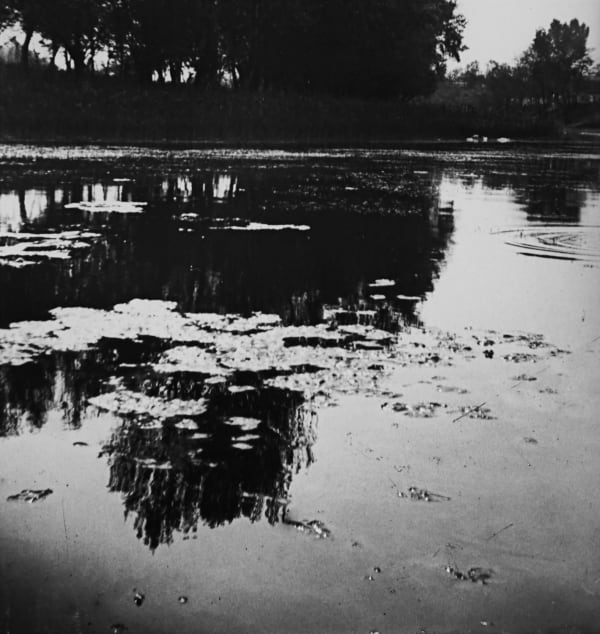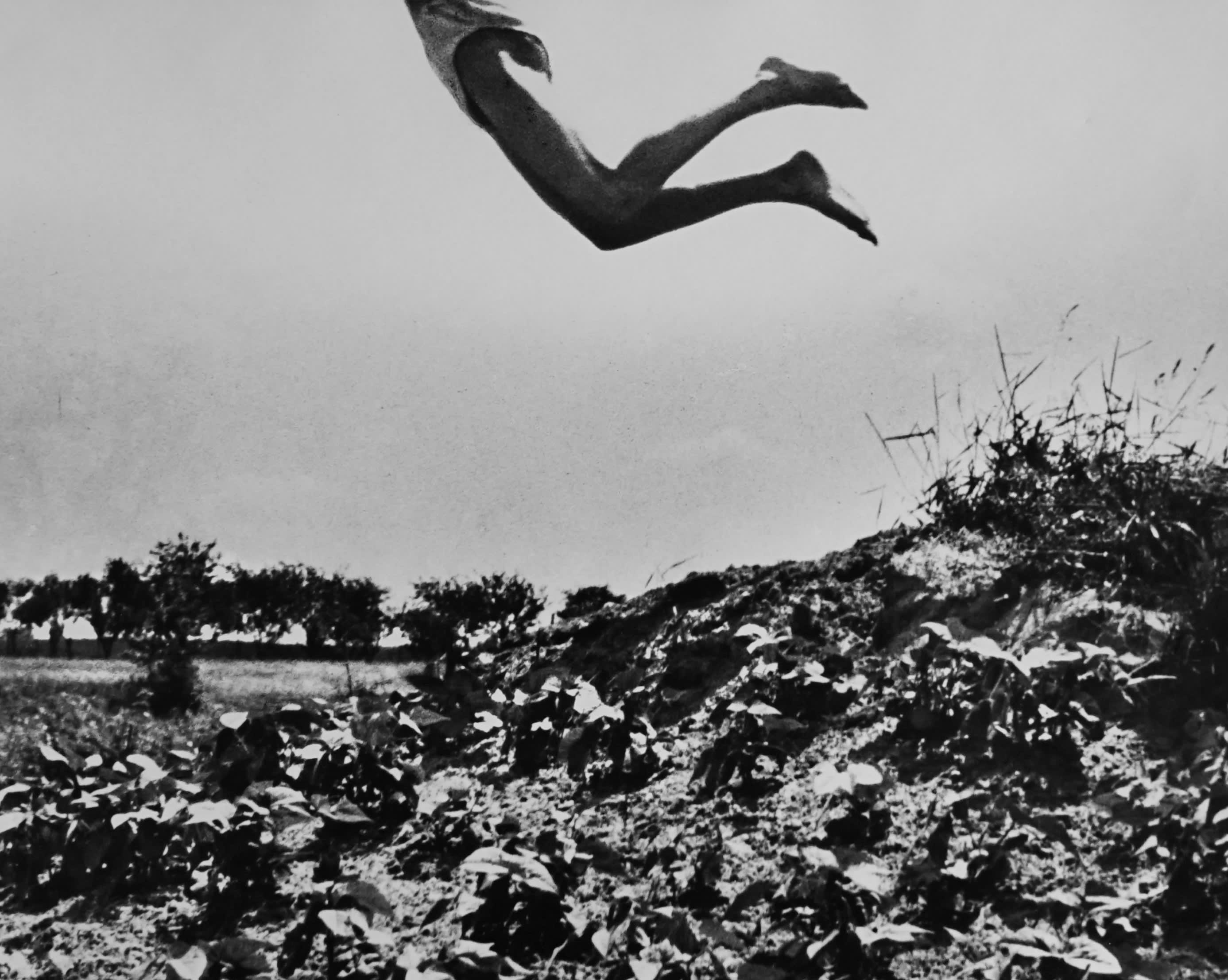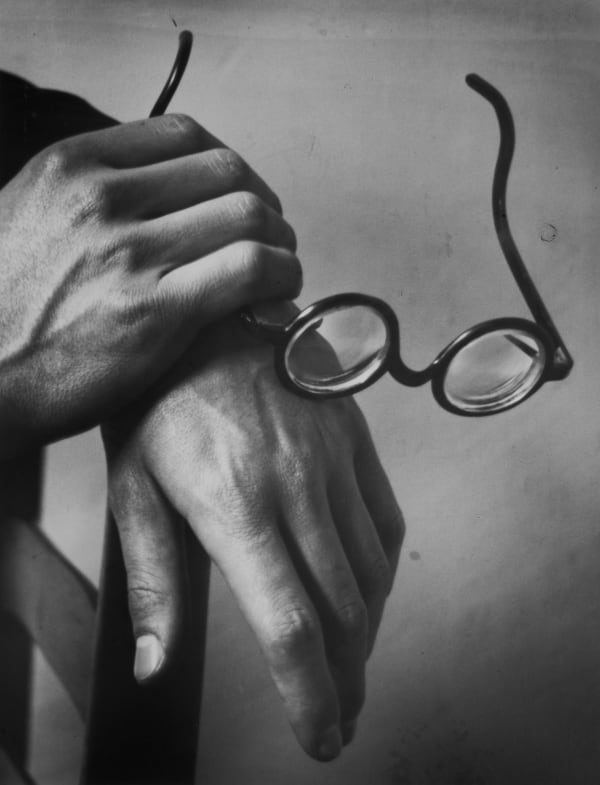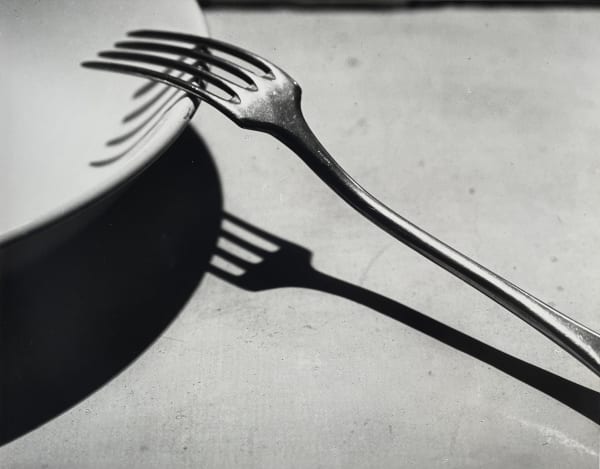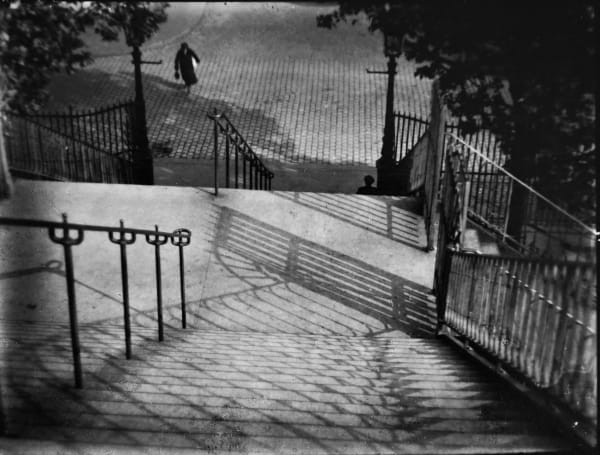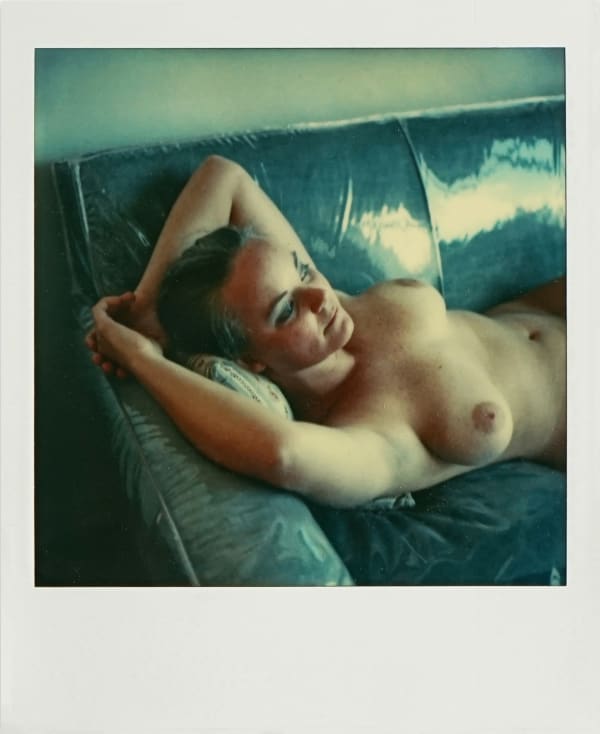-

Portrait of Susan Harder at gallery desk by André Kertész
-
 André Kertész, Paris, 1927
André Kertész, Paris, 1927 -
"My English is bad. My French is bad. Photography is my only language."
- André Kertész
-
-

-
-
AVAILABLE WORKS
-
HUNGARY
-
 André KertészJenő Kertész as Icarus, May 30, 1919Titled, and dated with annotations in pencil; Orminda shell stamp verso; Accompanied by a signed letter of provenanceSilver gelatin print8 x 10 inches$5,500
André KertészJenő Kertész as Icarus, May 30, 1919Titled, and dated with annotations in pencil; Orminda shell stamp verso; Accompanied by a signed letter of provenanceSilver gelatin print8 x 10 inches$5,500 -
PARIS
-
 André Kertész, Chez Mondrian, Paris (from Portfolio of Ten Prints), 1926SOLD
André Kertész, Chez Mondrian, Paris (from Portfolio of Ten Prints), 1926SOLD -
 André Kertész, Colette, Paris (from A Portfolio of Ten Prints), 1930$4,500
André Kertész, Colette, Paris (from A Portfolio of Ten Prints), 1930$4,500 -
-
NEW YORK
-
 André Kertész, From my Window, New York, c. 1983SOLD
André Kertész, From my Window, New York, c. 1983SOLD -
LATER WORKS
-
 André KertészMartinique, 1972Orminda shell stamp verso; Accompanied by a signed letter of provenanceSilver gelatin printImage: 15 1/2 x 19 9/16 inches
André KertészMartinique, 1972Orminda shell stamp verso; Accompanied by a signed letter of provenanceSilver gelatin printImage: 15 1/2 x 19 9/16 inches
Paper: 16 x 20 inches$12,000





